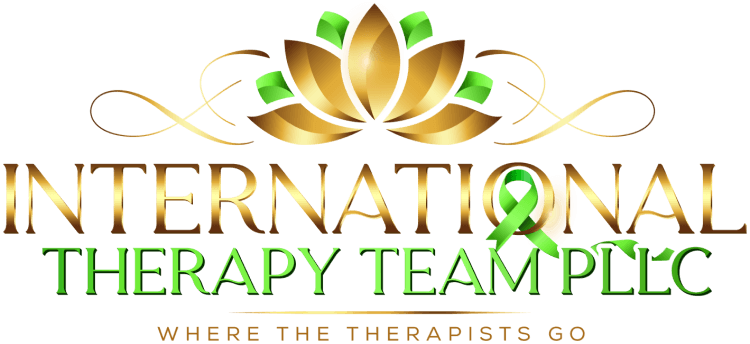Online therapy is becoming increasingly popular, especially in Texas, where the demand for accessible mental health services is growing. Effective communication is key to successful online therapy sessions, and knowing the right techniques can make a significant difference. In this blog, we’ll explore some essential tips to enhance your communication in online therapy, ensuring a productive and supportive experience.
Understanding the Unique Challenges of Online Therapy
Online therapy offers numerous benefits, but it also comes with unique challenges such as technical issues, limited non-verbal cues, and privacy concerns. Understanding these challenges helps set the stage for more effective communication during sessions.
Limited non-verbal cues mean therapists have to rely heavily on verbal communication to gauge a client’s emotions. This can sometimes lead to misinterpretations. For instance, a pause in conversation might indicate reflection or discomfort, but without visual cues, deciphering which can be tricky. It’s crucial to discuss any ambiguity openly.
Privacy concerns also play a significant role in shaping the dynamics of online therapy. Clients may worry about the confidentiality of their sessions, especially when attending from home or a shared space. Educating clients about secure platforms and encrypted communications can help alleviate these worries and ensure a secure environment for therapy.
Establishing a Comfortable and Private Environment
Creating a comfortable and private space for your sessions is crucial for open communication. Ensure you have a quiet environment where you can focus, free from distractions and interruptions, to foster a safe therapeutic space.
A small yet vital aspect of setting up your environment involves lighting. Appropriate lighting not only improves visibility for the therapist but also sets a comforting mood. Natural lighting is preferable, but a well-placed lamp can also work wonders. Additionally, advising clients to check their audio settings beforehand ensures that minor technical hiccups don’t disrupt the session flow.
Practicing Active Listening
Active listening involves fully concentrating on, understanding, and responding to your therapist or client. This skill is vital in online therapy to ensure both parties feel heard and understood, thereby improving the overall effectiveness of the sessions.
Techniques such as nodding, repeating back what’s been said for clarification, and asking questions to dig deeper into topics are practices of active listening that are easily translatable to online therapies. Offering empathic responses like, ‘I can see how that’s really challenging for you,’ helps in validating the person’s feelings and fosters a deeper connection.
Utilizing Clear and Direct Communication
Being clear and direct is especially important in an online setting where it’s easy for messages to be misinterpreted. Articulating your thoughts and feelings plainly can help prevent misunderstandings and foster a stronger therapeutic relationship.
Using ‘I’ statements when discussing feelings and thoughts also minimizes defensive responses, which is crucial in therapy. For example, saying ‘I feel upset when…’ instead of ‘You make me upset when…’ fosters a more constructive dialogue.
Embracing Technology Mindfully
Technology is at the heart of online therapy. Familiarize yourself with the digital tools you’ll be using, ensure your internet connection is stable, and be prepared to address technical difficulties to minimize disruptions during your sessions.
Incorporating technology tools such as digital whiteboards and screen sharing can make sessions more interactive and productive. These tools can also aid in illustrating exercises or concepts more clearly, enhancing the client’s comprehension and engagement.
Building Trust and Rapport Remotely
Despite the physical distance, building trust and rapport is essential. Consistent communication, reliability, and empathy help bridge the gap, creating a strong, supportive connection between therapist and client.
Starting sessions with light-hearted check-ins can aid in building rapport. Asking about the client’s week or discussing non-therapy-related topics briefly at the start of the session establishes a sense of ease and familiarity. Trust, like in any relationship, develops over time, with each session playing a part in strengthening the therapeutic bond.
Enhancing Your Online Therapy Experience Through Effective Communication
By implementing these communication tips, you can create a more effective and fulfilling online therapy experience. Remember, clear and honest communication is the backbone of any successful therapeutic relationship. Whether you’re a therapist or a client, these strategies can help foster better understanding and connection, making your online sessions in Texas more impactful.





